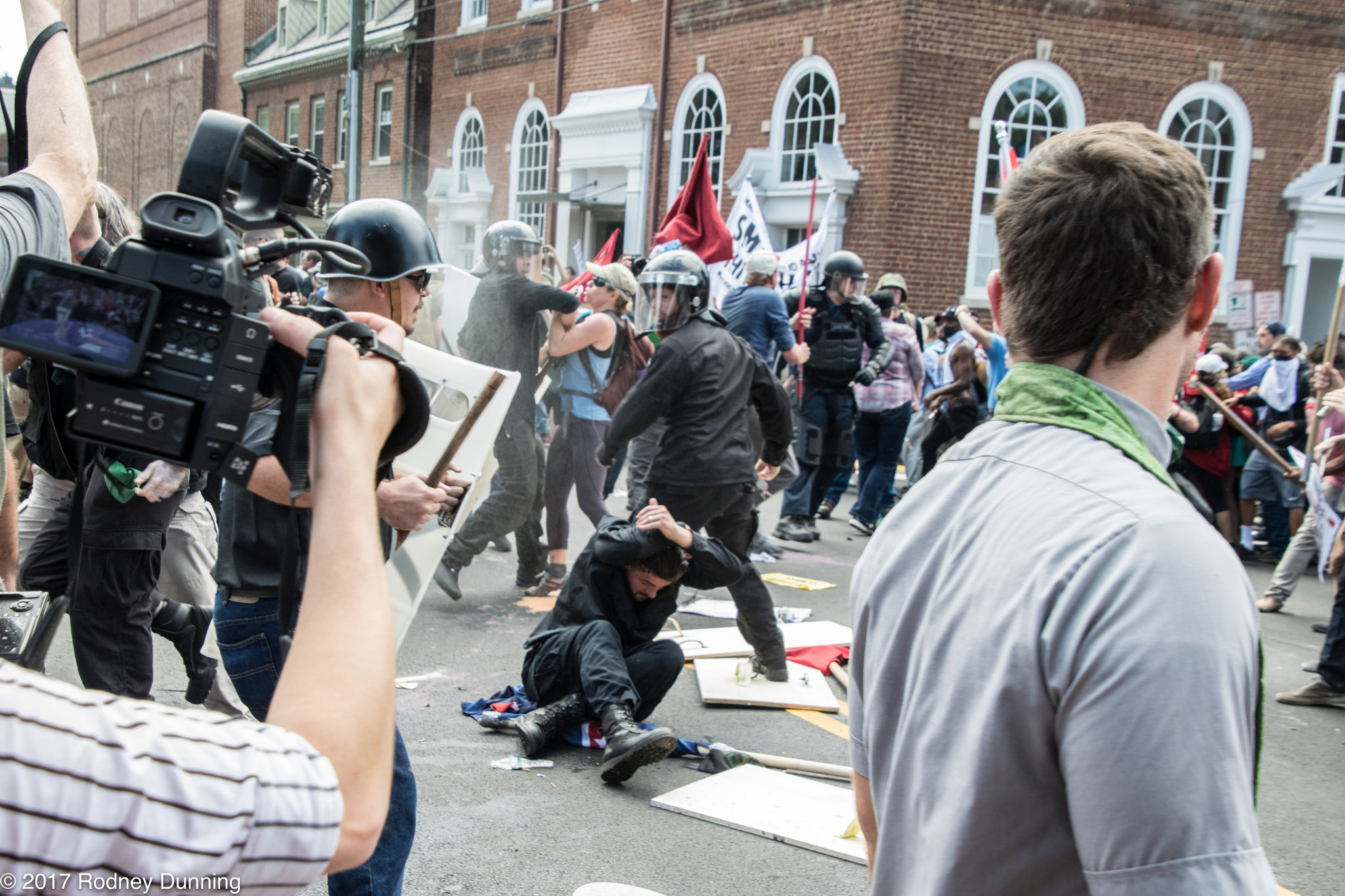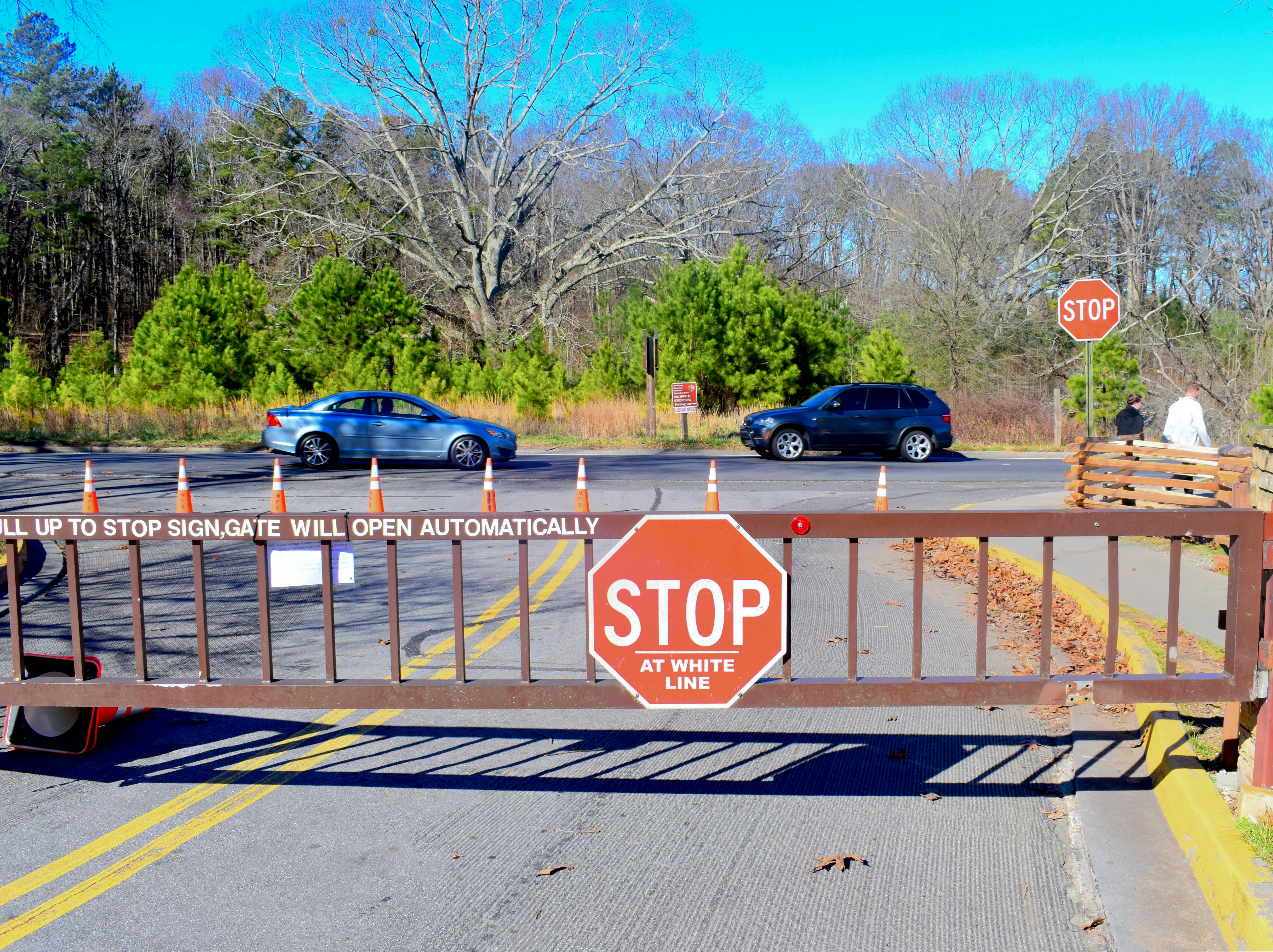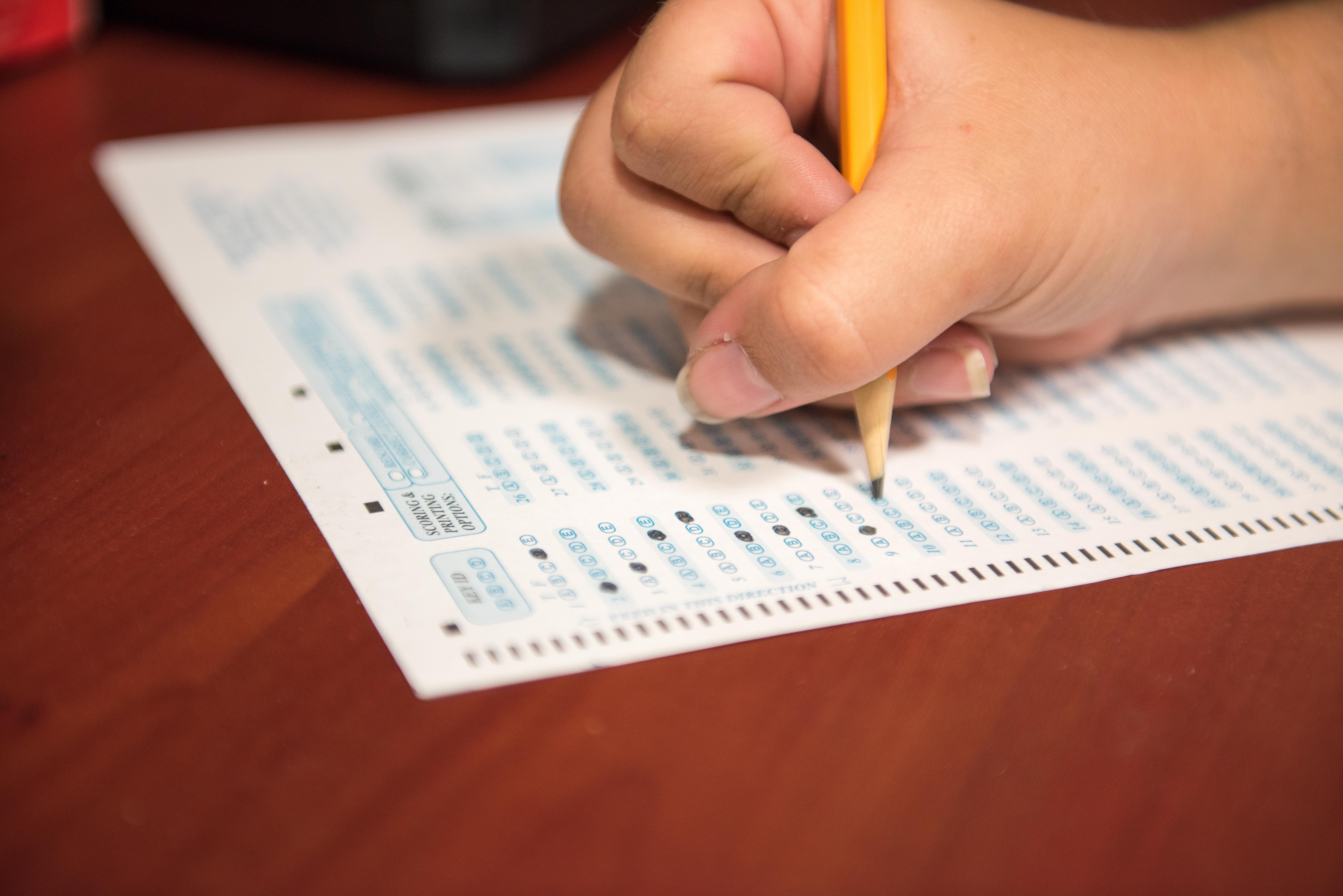I’ve experienced, firsthand, the stigma against journalism and the media. The response when I tell someone my major — journalism — is usually the same: a mixed facial expression or a nervous gesture. Despite the current political climate surrounding the media, the world needs journalists, but the dangers present to all of us holding jobs in the media is a growing problem — one which should be unacceptable in our modern day.
A woman’s body, confirmed by police to be late Swedish journalist Kim Wall, was found in the waters near Copenhagen, Denmark, on Aug. 21, according to an article in The Guardian. What remained of the body was only the torso — the legs, arms and head had been deliberately removed. Wall was reported missing on Aug. 11, after she failed to return from an interview with Danish inventor Peter Madsen on board his homemade submarine.
This tragedy highlights one of the many dangers present in the media field. From accusations of “fake news” riling people up to corrupt government and dangerous assignments, journalists are constantly at risk.
The solution is two-fold: first, awareness needs to be raised for journalists that have been actively targeted and murdered. According to the Committee to Protect Journalists, 48 journalists were killed in 2016, 36 of which were those covering war zones. The use of violence to silence the media can only work so long as it goes unnoticed.
Second, steps need to be taken to mend the rift between the public and the media. Under President Donald Trump’s administration, the media has been characterized as “fake” and untrustworthy. The labeling of the media as fake by our government is blatant fear mongering and only serves to discredit real news.
If people are scared of pursuing journalism as a career, or news outlets can no longer freely report on major events without fear of government reprisal, it is the public that will suffer immensely. If the free press is allowed to be strong-armed and coerced, then the resulting publications will be the true “fake news.”
The tactic of silencing opposition has been used by corrupt governments extensively to remove opposing voices that would speak against them. More often than not, these premeditated murders are carried out with impunity. Raising awareness for every journalist lost to this horrific practice would be the first step toward ending it.
The relationship between the media and the public is extremely important. Greater efforts need to be taken in order to maintain that trust so that information can be effectively disseminated. The rift between the media and the public is growing, and the stigma causing that rift must be broken. For the sake of the public, and the safety of journalists, the media cannot afford to lose any more of the public’s trust.
When the media is labeled as “fake” by members of the current presidential administration, it leads to people favoring only one news outlet. While this normally happens to a lesser extent due to the implicit political alignment each outlet has, the public needs to feel confident in trusting information from multiple sources in order to receive the truth from every possible angle, not just one viewpoint.
Media will never die as an industry, but the dangers and challenges levied against us working in the field cannot be allowed to flourish. While the public should always be critical of the media they consume, they should be equally as critical toward those that would manipulate their perceptions for personal gain.



